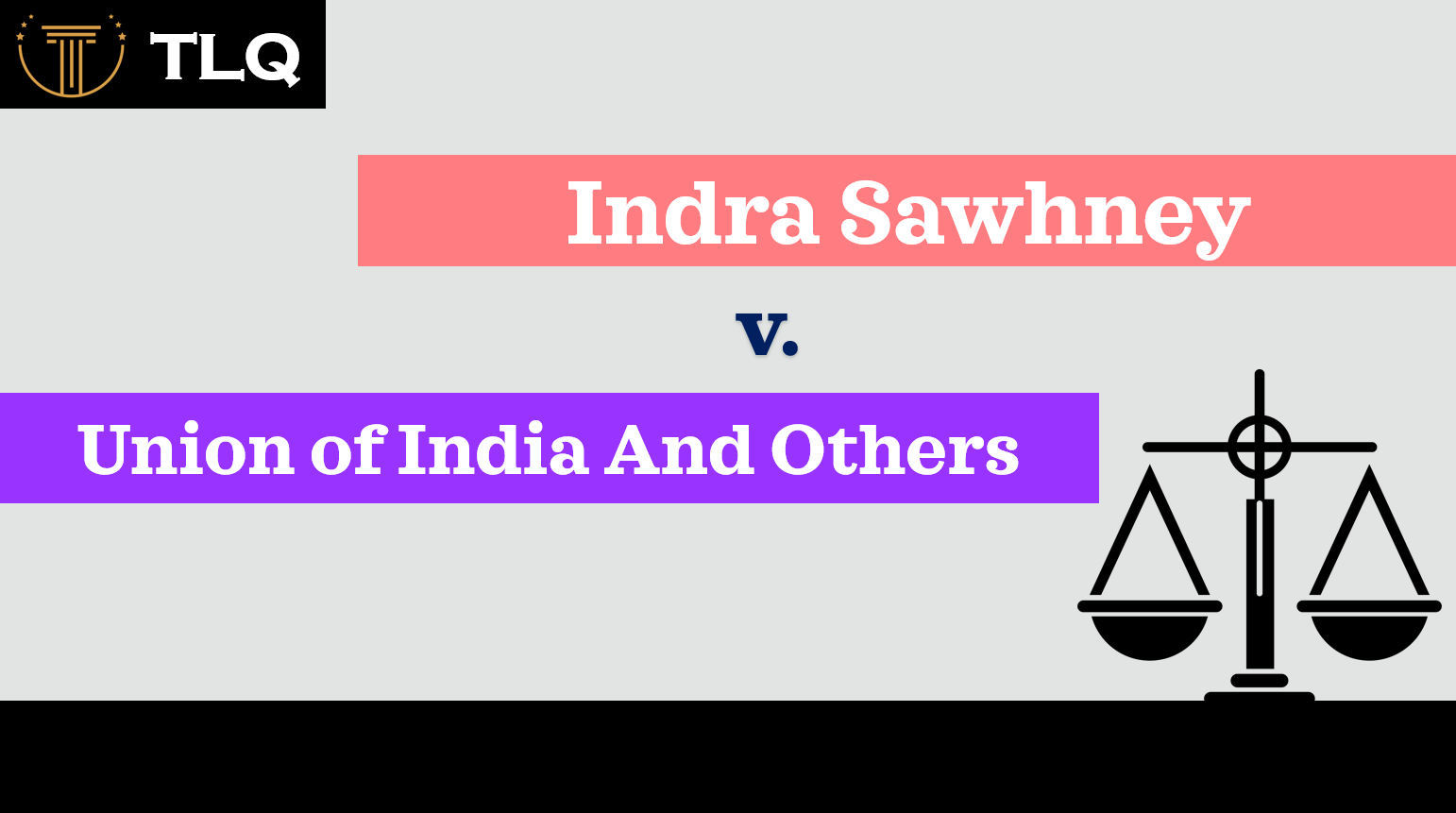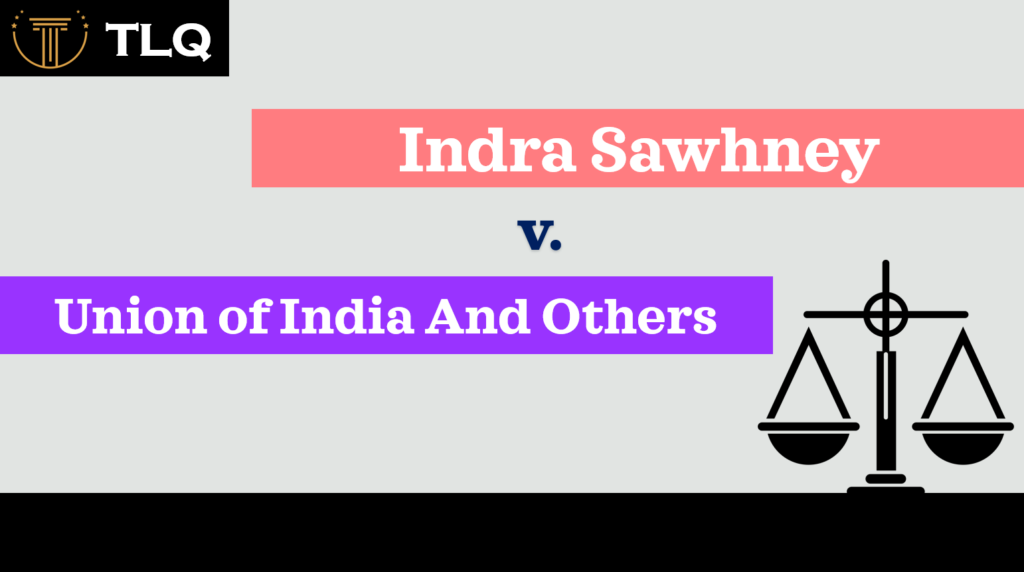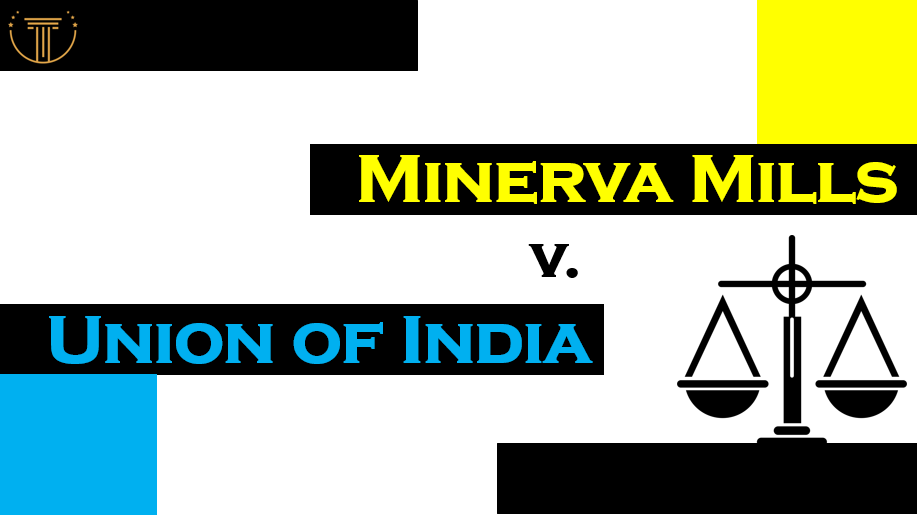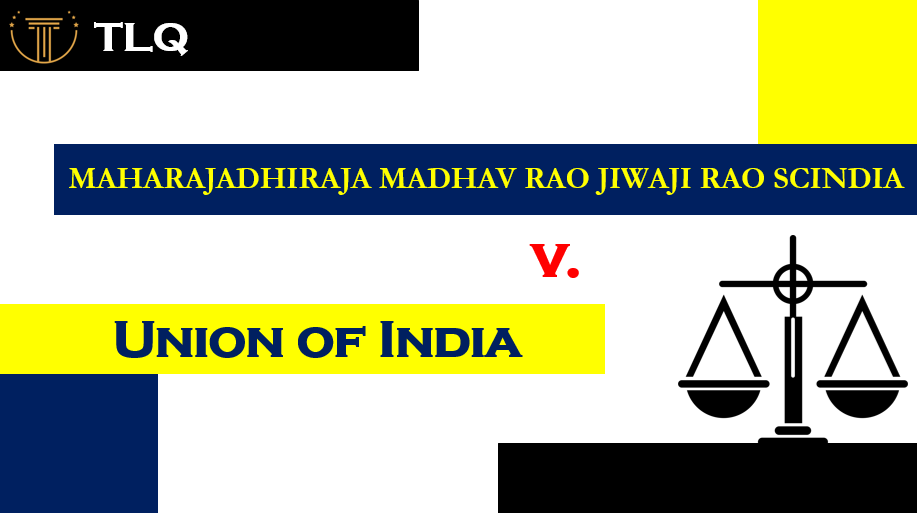Published On: 22nd June, 2024

Authored By: Suvrajeet Sahoo
SOA NATIONAL INSTITUTE OF LAW
INTRODUCTION
Reservations are an affirmative action policy that was implemented in India during the British colonial era. It provides previously underrepresented groups with representation in the workforce, political arena, government initiatives, and educational institutions. According to the Indian Constitution, the Union Government and the States and Territories of India are able to set aside a certain percentage of seats or quotas for “socially and educationally backward citizens” in a variety of contexts, including political bodies, employment, political admissions, and other areas. Major measures were taken in support of Scheduled Castes and Scheduled Tribes (SCs and STs) following India’s independence in 1947, as well as in support of OBCs (Other Backward Castes) after the 1980s and the general poor in 2019. Launched in 1950, the nation’s affirmative action program is the oldest of its kind worldwide.
Even today, governments create reserves for underprivileged or marginalized groups of society in public services and educational institutions, whether they be state or federal. Nonetheless, the Indian Constitution did not require the governments to follow it at the time of its creation. In fact, the government controlling the center was given the freedom to decide on the reservations issue only after completing appropriate surveys of the actual and potential futures, and only for the first ten years. It is clear that the governments are using these constitutionally-mandated enabling clauses for political ends. While the Constituent Assembly’s goal to end the past exploitation and suffering of the lower classes is honorable, The nine-judge bench case Indra Sawhney & Ors. v. Union of India & Ors. (1992) is regarded as a case that the Indian judiciary set in stone. It is both fortunate and unfortunate, possibly serving as an everlasting testament to the dynamic power struggles and tensions between political opportunism, and pro- and anti-reservation sentiments in India. Born out of the nationwide chaos and violent protests against the implementation of the infamous Mandal Commission Report’s 27 percent quota for the socially and educationally backward classes (SEBCs) in all central government jobs and public institutions, this historic case was the progeny of Indian judicial pragmatism. This essay analyzes the significant case law from the last three decades from a transformative perspective while attempting to present it in a simplified manner.
Background of the case
In 1992, India had a historic court struggle known as the Mandal Commission case or Indra Sawhney case. Indra Sawhney and several petitioners filed a public interest litigation (PIL) before the Supreme Court of India in 1991, sparking the start of the dispute. The Mandal Commission recommended that 10% of government posts be reserved for economically disadvantaged upper castes. The government decided to implement these recommendations, but the PIL contested this decision. The petitioners claimed that Article 14 of the Indian Constitution infringed the fundamental right to equality and that the ruling was unconstitutional.
Article 16(4) of the Constitution of India
Since the main focus of the current case is the interpretation of Article 16(4) of the Indian Constitution, let us first discuss the provisions covered by this section before moving on to the case’s facts and a thorough examination of the ruling.
This clause gives the State the authority to enact any laws or unique regulations to assist the underprivileged groups of people who are underrepresented in the public sector. Since this clause only serves as an enabler, members need preferential treatment. Since the term “backward class” is not defined in the Constitution, citizens may contest it, as demonstrated by the current case
Issues addressed by the case of Indra Sawhney v. Union of India and Ors. (1992)
The issues raised in the case were:-
- Is the reservation policy based on caste constitutionally valid or violating Article 16 of the constitution of India?
- Should reservations be determined by quantifiable data on social and educational backwardness?
- What should be the maximum limit or cap on total reservations in government jobs and educational institutions?
- Should the “creamy layer” within reserved categories be excluded from availing reservations?
Contentions of the petitioners in the Indra Sawhney case
Here, the lead petitioner was advocate Indra Sawhney and the arguments were advanced by legendary counsels like Nani Palkhivala, K.K. Venugopal, Mr. P.P. Rao, and Smt. Shyamala Pappu. Their contentions can be briefly stated as follows:
There has been a claim made that the reservation system divides society into two groups—forward classes and backward classes—and perpetuates the caste system. Conflicts in society were increasing as a result of this, which was fueling hostility toward one another. A welfare state would never come to pass until everyone had access to equal opportunities. Caste-based reservations were prohibited by the constitution’s equal opportunity clause, and the advancement of society would suffer greatly as a result of this fundamental right breach.
If reservations were to be made, they should be made using the most recent census data rather than the 1931 data, as only then would the true number of OBCs (other backward classes) be able to be determined.
Reservations cannot and ought not to be made primarily on the basis of caste. When granting reservations, other significant considerations such as social, economic, and educational aspects should take precedence over caste. The goal of the “special provisions” in Article 16 is to reduce income disparities, according to Mr. K.K. Venugopal, who cited Articles 38(2) and 46, which direct the State to lessen or eliminate the inequalities that befall the weaker segments of society and the actions to be taken to promote their economic and educational interests. He concluded that the economic factor should be taken into account to determine backward classes and that privileged people belonging to the backward classes should be excluded from receiving the benefits of such provisions.
It was further contended that putting the Mandal Commission Report into effect would be the same as rewriting the Constitution from the right to equality’s grave. Furthermore, the public administration system’s efficiency will be severely compromised and brought to a complete stop by the execution of the Mandal Commission Report.
Contentions of the respondents in the Indra Sawhney case
According to the Mandal Commission Report, reservations were deemed necessary in order to advance the lower segments of society and shield them from various forms of exploitation and social inequities. Furthermore, the Mandal panel Report carried forth the recommendations made by the first minority panel, the Kakataka Kalelkar Commission, which also suggested positive measures to improve the lot of society’s lower classes.
The petitioners said that the Mandal Commission Report’s reliance on the 1931 census report was unfounded since the 1931 census report only provided community-level population estimates. Based on the 1961 census report, further backward classes had been identified.
Reservations were considered important, according to the Mandal Commission Report, to protect the less fortunate members of society from social injustice and different sorts of exploitation. In addition, the Kakataka Kalelkar Commission, the first minority panel, recommended good steps to better the situation of society’s lower strata, which were also carried out in the Mandal Panel Report.
The 1931 census report only included population estimates at the community level, according to the petitioners, hence the Mandal Commission Report’s reliance on it was erroneous. There were identified further backward classes based on the 1961 census report.
It was argued that although Article 16(4) specifies that the reservations are to be granted to the backward classes of citizens, not to backward citizens, the reservations must be granted in favor of a class or group and cannot be determined on the basis of a single person. As a result, a class as a whole must be evaluated to see if it is backward, and if so, reservations must be made in the class’s favor.
Although Article 16’s Clause (2) forbade discrimination on the basis of caste among other grounds, it was argued that caste is a relevant factor to take into account when determining backwardness because protective discrimination is made because of that class’s backwardness rather than its caste.
Ratio decidendi
The majority decision was written by Justice B.P. Jeevan Reddy on behalf of himself and his three brothers, M.H. Kania J., M.N. Venkatachaliah J., and A.M. Ahmadi J. Concurring opinions were written by Justices P.B. Sawant and S. Ratnavel Pandian. The dissenting opinions were expressed by Justices Dr. T.K. Thommen, Kuldip Singh, and R.M. Sahai. This formed the majority ruling. Thus, the P.V. Narasimha Rao government’s decision to implement a 27 percent quota for the SEBCs based on the Mandal Commission Report was affirmed, subject to some restrictions, in a 6:3 majority ruling.
Supreme Court verdict
In a multi-opinion, intricate ruling, the Court maintained the legality of reservations for Other Backward Classes.
Important lessons learned include:
1. Reservation quotas are limited to 50% of available positions.
2. Caste may play a role, but social and educational backwardness should be the main considerations.
3. Creamy Layer: To guarantee the upliftment of the most disadvantaged, the idea of excluding the “creamy layer,” or OBC individuals who are financially well-off, was established.
4.No Reservations for Promotions: Promotions inside government positions are not subject to reservations.
Impact of the decision
The decision gave much-needed clarification on reservation regulations.
It established the judiciary’s function in striking a balance between meritocracy and affirmative action.
Critiques and Ongoing Discussions:
Not all disputes have been resolved by the lawsuit. Some who disagree contend that caste may not be the best measure of backwardness.
It’s challenging to execute the creamy layer idea well.
To adapt to shifting societal conditions, reservation policies must be reviewed on a regular basis.
Conclusion:
Indra Sawhney remains a crucial judgment in India’s quest for social justice. It has ensured continued affirmative action for disadvantaged groups, but the debate on its effectiveness and evolution continues.
It is obvious after carefully reading the case analysis of the historic Indra Sawhney case that reservations are a very delicate topic, and despite this article’s best efforts, the nuances of the subject cannot be reduced to simpler forms. As the talks above demonstrate, there have been significant advancements in the last thirty years on caste-based reservation issues. Thirty years after the violent protests against the Mandal Commission’s implementation, the question of how far backward people have come remains. For what duration are bookings still required? After the initial appointments based on reservations, how far and for how long should reservations in promotions continue? The 2018 Constitution (One Hundred and Second Amendment) Act has granted the National Commission for Backward Classes (NCBC) constitutional standing. Many government agencies and non-governmental organizations put up endless efforts to improve the lives of the underprivileged. However, it seems that the questions listed above are purposefully left unaddressed. Even though our constitutional values have generally improved over time, there are still many instances of caste-based violence in which members of the lower classes have been beaten mercilessly because of their caste in many Indian villages. Even after thirty years with Indra Sawhney, the tale of two Indias carries on.



